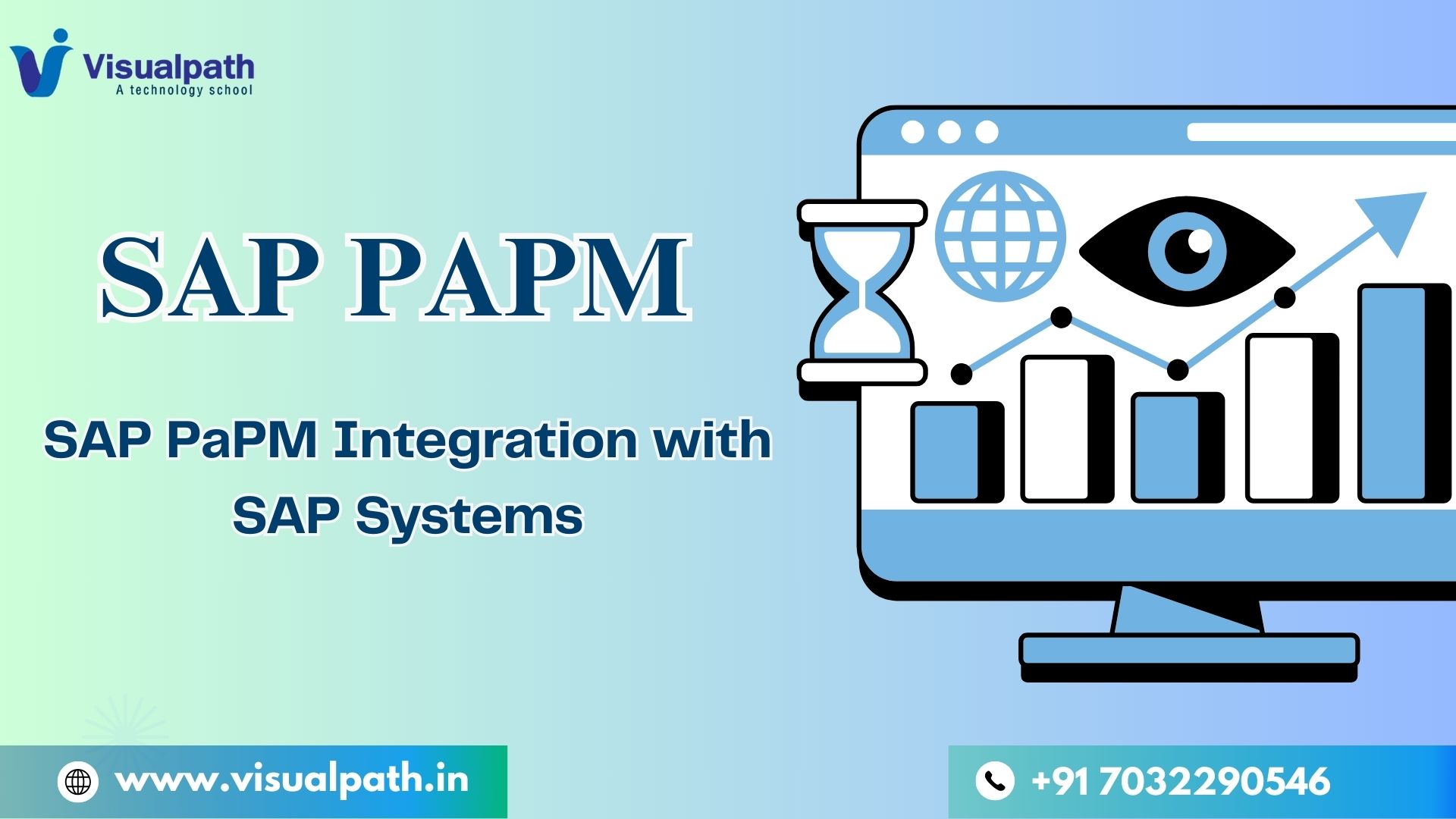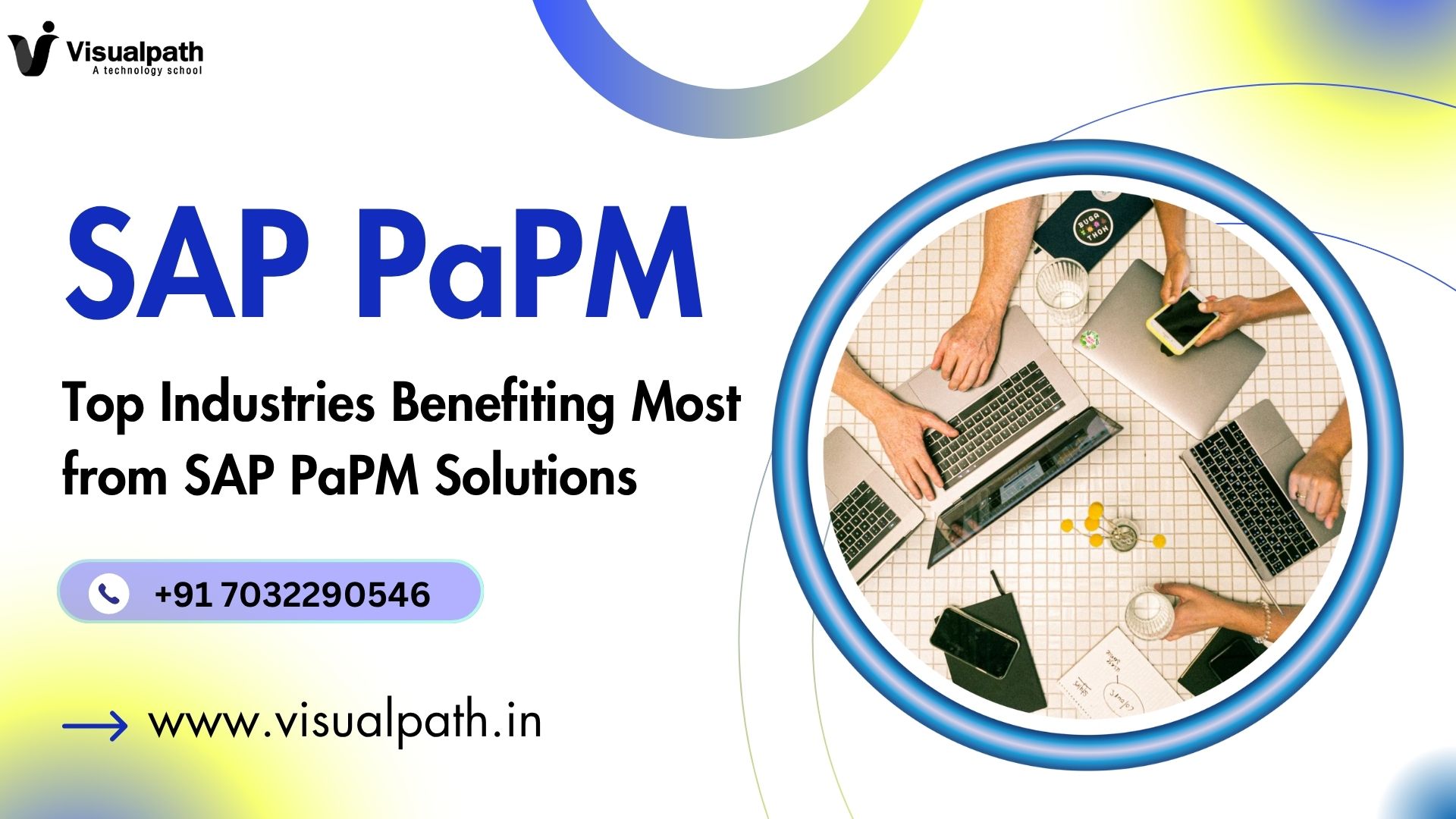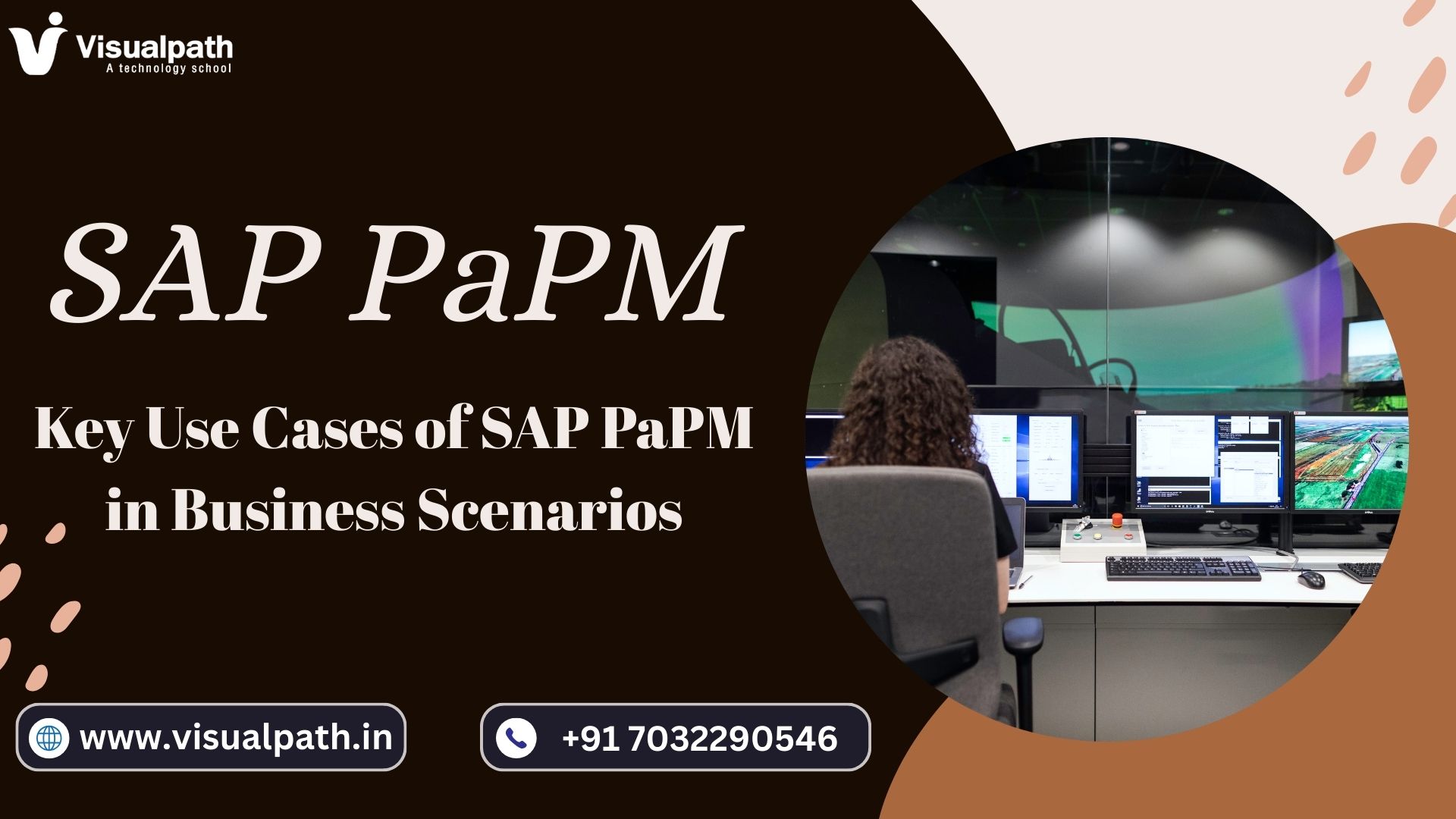Introduction
SAP Profitability and Performance Management (SAP PaPM) is designed to meet this demand by allowing businesses to model, simulate, and analyze complex business processes. This article explores how SAP PaPM integrates with these systems, the benefits of integration, and real-world use cases. In today’s data-driven world, businesses need agile and comprehensive tools to analyze performance and profitability.
SAP PaPM: The Core Engine
Its strength lies in its flexibility to integrate with various SAP and non-SAP data sources without requiring data duplication. SAP PaPM Course Online
Key Integration Points with SAP Systems
1. SAP S/4HANA
SAP PaPM natively integrates with SAP S/4HANA, providing access to financial and operational data for profitability analysis, allocations, and simulations.
- Direct Table Access: SAP PaPM can directly read tables from SAP S/4HANA via HANA views or CDS (Core Data Services) views.
- Use Case: Businesses can extract actual costs and revenue data from S/4HANA Finance to perform real-time margin analysis in PaPM.
2. SAP BW/4HANA
SAP PaPM supports integration with SAP Business Warehouse (BW/4HANA), enabling access to historical and analytical data.SAP PaPM Online Training Course
- BW Queries and InfoProviders: PaPM functions can consume data from BW queries, InfoCubes, or InfoObjects as input for modeling.
- Use Case: Businesses often use SAP BW to store historical sales data, which can be combined with real-time data in PaPM for trend analysis and forecasting.
3. SAP Analytics Cloud (SAC)
- Live Connections: SAC can connect to PaPM through HANA live data connections, allowing real-time visualization of simulation results.
- Use Case: After profitability models are run in PaPM, SAC dashboards present the results to stakeholders for executive decision-making.
4. SAP Data Intelligence
SAP Data Intelligence supports complex data orchestration and can serve as a bridge between SAP PaPM and external systems.
Benefits of SAP PaPM Integration
- Real-Time Data Access: Avoids the need for data replication, reducing latency and errors. SAP PaPM Training
- Streamlined Processes: Enables end-to-end process modeling across systems like finance, supply chain, and operations.
- Improved Accuracy: Integrated data ensures more accurate simulations and forecasts.
Conclusion
SAP PaPM integration with other SAP systems creates a robust, real-time ecosystem that empowers organizations to model business scenarios with precision and agility. Whether accessing financial data from S/4HANA, historical data from BW, or visualizing results in SAC, SAP PaPM acts as the engine that powers intelligent performance management. For enterprises looking to streamline profitability analysis and decision-making, leveraging these integrations is essential for success in a competitive landscape.
Trending Courses: Artificial Intelligence, Azure AI Engineer, Azure Data Engineering
Visualpath stands out as the best online software training institute in Hyderabad.
For More Information about the SAP PaPM Online Training
Contact Call/WhatsApp: +91-7032290546
Visit: https://www.visualpath.in/online-azure-data-engineer-course.html




